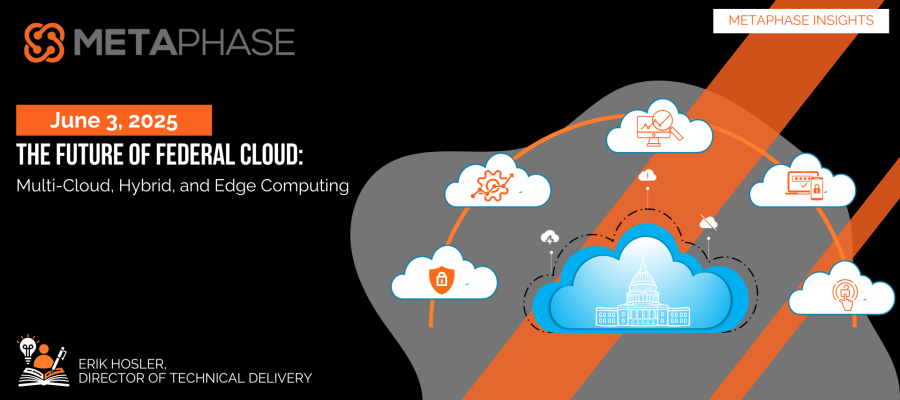
94% of enterprises now use cloud computing—so why are so many federal agencies still lagging behind? While the private sector has embraced cloud-first strategies, government adoption has been slow, often weighed down by security concerns, outdated procurement models, and legacy infrastructure. But as mission demands grow, agencies can no longer afford to take a one-size-fits-all approach to cloud. Instead, the future of federal IT lies in multi-cloud, hybrid, and edge computing—a flexible model that maximizes security, resilience, and performance.
Multi-cloud strategies allow agencies to avoid vendor lock-in, ensuring mission-critical applications run on the best platform for their specific needs. Hybrid cloud architectures bridge the gap between on-premise and cloud environments, enabling agencies to modernize at their own pace while maintaining control over sensitive data. Meanwhile, edge computing pushes processing power closer to the source, reducing latency for real-time applications like disaster response, battlefield communications, and border security.
The challenge isn’t whether agencies should adopt these models—it’s how to do so effectively. Security remains a top concern; especially as federal IT environments grow more complex. Zero Trust principles, continuous monitoring, and cloud-native security frameworks must be embedded into every cloud strategy from the start. Agencies also need smarter governance models that allow for agile procurement and rapid cloud adoption while ensuring compliance with evolving regulations.
Federal cloud modernization is no longer about lifting and shifting workloads—it’s about architecting an environment that is secure, resilient, and optimized for mission success. The agencies that embrace multi-cloud, hybrid, and edge computing now will be the ones leading the way in digital transformation for years to come.
MetaPhase works at the intersection of business-to-IT partnerships—creating, deploying, and supporting practical solutions that serve as a force multiplier for government.

